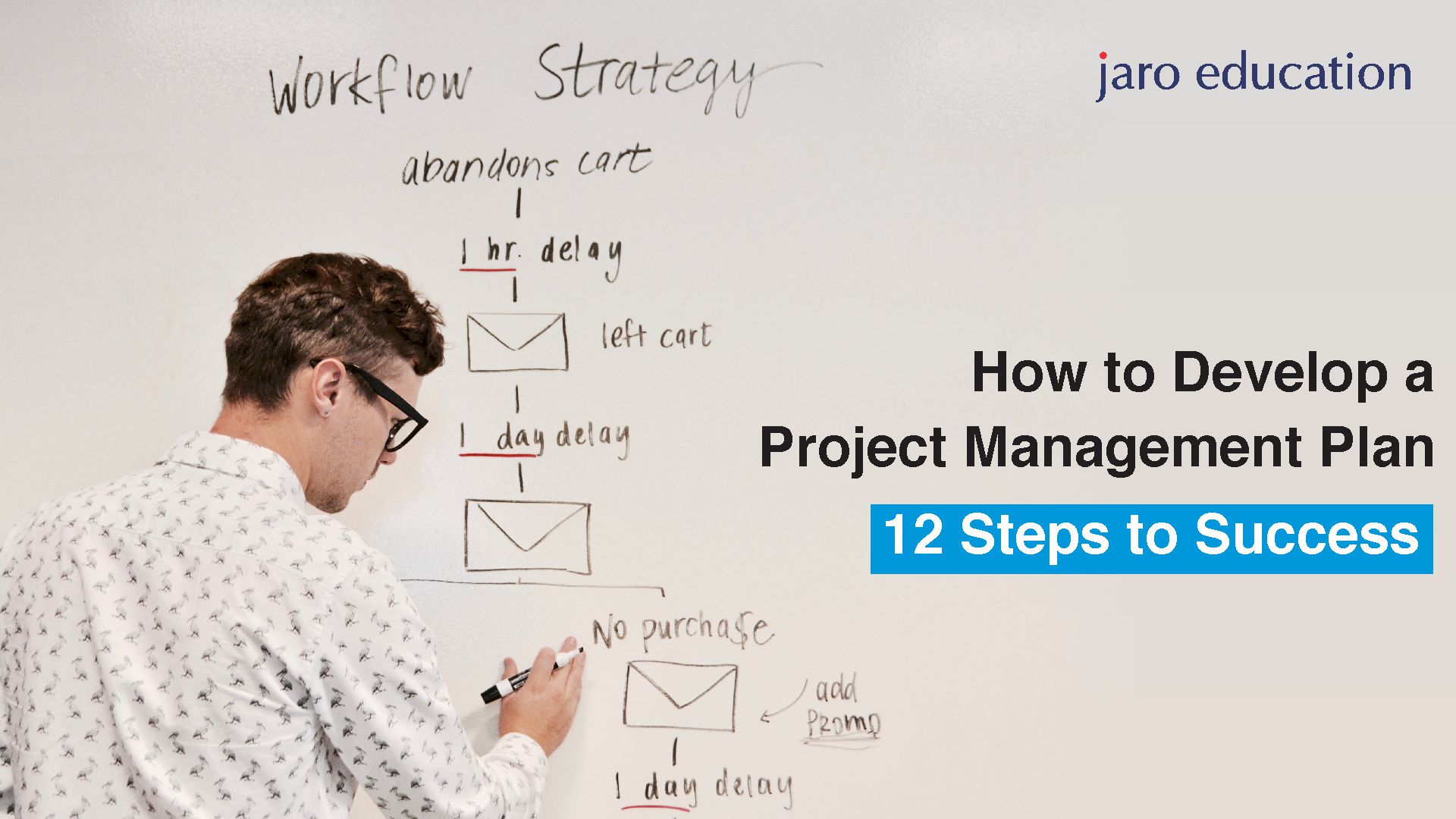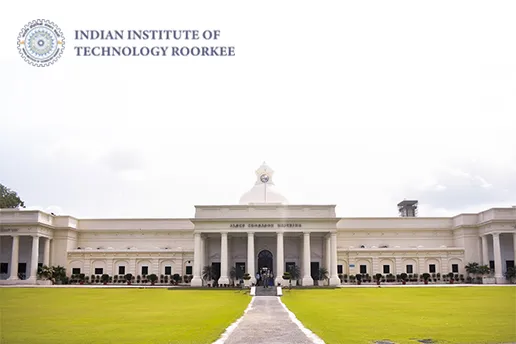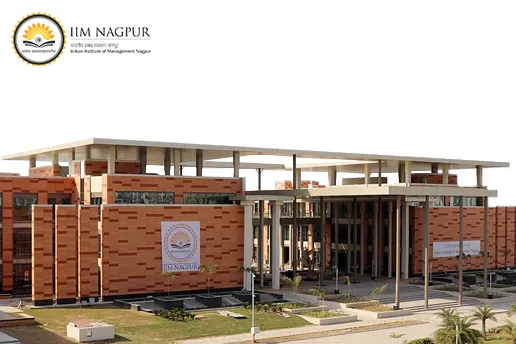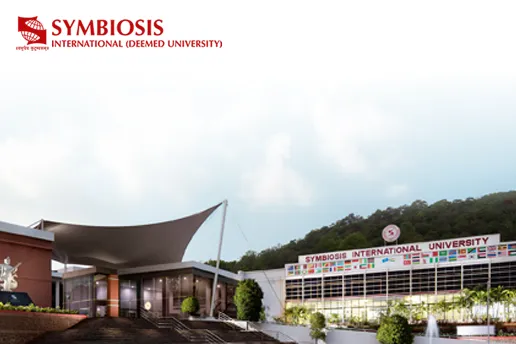Project initiation is the act of starting a new project. Project planning is the process of making schedules and carefully planning a project. Remote teams may help reduce the strain generated by repetitive responsibilities and initiate and design a project without preconceptions or prejudices. Accelerated General Management Programme IIM Ahmedabad will help design your project.
Steps to develop a project management plan
Step 1: Make a project charter
The charter will act as the mission statement for your project and guide you during its lifespan. It will also establish the scope of your project and offer an overview of how it will be carried out.
List the project’s responsible parties, such as the project manager, sponsor, and any significant stakeholders engaged. The Accelerated General Management Programme will help you make your project charter.
Step 2: Stakeholders should be identified
When planning a project, it is essential to consider all stakeholders who will impact the outcome. A Communications Management Plan (CMP) is a set of rules and regulations that govern the communications between your company and all relevant parties to secure beneficial results.
In addition, a stakeholder registration identifies project stakeholders and specifies their respective levels of influence over the project’s final result.
Step 3: Make a list of the prerequisites
Collect project requirements and present ideas linked to the project’s main objective. Mind mapping is a popular and effective brainstorming technique that allows you to organize knowledge graphically.
Step 4: Define the project’s scope
There are four critical factors to consider while determining the scope of your project. Here, you establish the project’s parameters and precisely determine what is not included in your service. All of this adds to your ability to identify the project scope and understand your goals.
Step 5: Create a Work Breakdown Structure (WBS)
The work breakdown structure (WBS) for your project should divide the work into digestible chunks that different groups can handle. As part of this process, you should create a deliverables hierarchy that you wish to accomplish and provide as part of your service.
The phrase “decomposition” refers to breaking down and micromanaging work. Proper workload decomposition is crucial because it ensures that the workload is manageable. This ensures that the work is carried out and overseen by members of your team who are most suited for the task.
Step 6: Make a schedule
A schedule will help define an acceptable timeline for all parties involved. Identify and sequence the tasks that must be completed to finish the project. This indicates that you should be aware of the specific work necessary and the order in which it will be accomplished.
Step 7: The costs have been estimated
You will need to estimate the amount of time you will spend on the project and its costs. If you have a reasonable cost estimate upfront, you will set a firm project budget for the work in the long term.
Step 8: Create a financial budget
Cost aggregation is essential to calculate the budget for your project. Accurate estimates can help you better manage your budget and complete the work in a timely and cost-effective way. To acquire an overall cost estimate, you must include the expenses for each project step.
After this, you must create a contingency and management reserve. These funds will be utilized in the case of an unanticipated problem.
Step 9: Create a project management plan (PMP)
In your project management plan, you will need to explicitly state the project’s purpose and scope. You should also include a description of the deliverables you want to give and a list of any stakeholders, following a breakdown of your team’s roles and responsibilities. A thorough project management strategy should contain the following elements:
- The project’s primary goal
- The project’s scope
- Deliverables for the project
- Stakeholder roles and responsibilities: a checklist
- Project risks and a timeline for the project
Step 10: Resource management should be planned
Resource management is the process of acquiring and deploying the resources required to finish your project efficiently and effectively. If you do not have enough resources, you will be unable to accomplish your project as intended; therefore, make sure you have a solid strategy in place.
Step 11: Quality management should be planned
Cost-benefit evaluations are an essential component of any quality management approach. The cost-benefit analyses are performed to estimate a particular activity’s future expenses and revenues. This information may help you determine which aspects of your project are the most profitable and where you should concentrate your quality-control efforts.
Step 12: Create a risk management plan
A risk management plan should be in place to help you stay on top of these potential hazards. Identifying risks refers to how your team reviews the project to find any potential risks or setbacks. Your work breakdown structure (WBS) should allow you to identify potential dangers at each step of the project, and it should be straightforward and easy to follow. They help you assess the possibility of encountering a particular challenge while working. Working with your team, make sure you have a plan in place to deal with the risk if it arises after you’ve gathered this information. A risk management plan is essential, and the Accelerated General Management Programme will teach you the best strategies for it.
Conclusion
The start of a project and project planning are two critical components that must be completed correctly to be deemed successful. It is essential to pay close attention to project planning to ensure that it is finished correctly and without issues. Being prepared with this information can assist in streamlining your project. The Accelerated General Management Programme IIM Ahmedabad will assist you in developing a 12-step project plan.
The IIM Ahmedabad’s Accelerated General Management Programme will be your partner in building the 12-step project management strategy. This custom-made course will teach you all you need to know about management. To become a master project designer, apply now!
FAQs
- What jobs can you apply for after completing the Accelerated General Management Programme?
After finishing the Accelerated General Management Programme, you may pursue a management consultant, C-Suite profile, and administrative manager.
- Why should you specialize in an Accelerated General Management Programme?
Candidates will understand how management functions play a critical role in leadership and strategic decision-making. The curriculum teaches how to solve crucial challenges using approaches. As a result, the Accelerated General Management Programme aids in successful decision-making.
- What are various career options available after the Accelerated General Management Programme?
You can pursue a job in a company’s executive team. Some other job profiles are CEO, CFO, and CMO.
- What is the average salary offered after the Accelerated General Management Programme?
The mean remuneration after completing the Accelerated General Management Programme is about 10 lakh per year.






